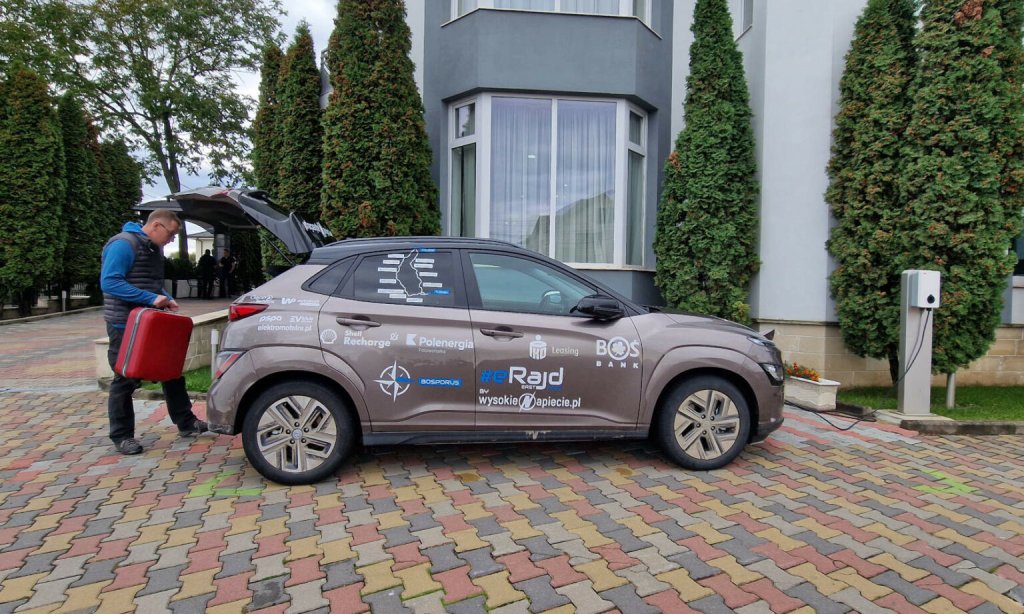
In addition, one in five hydropower dams will be in high flood risk areas, an increase from one in 25 today. A recent study published in the Journal Water found that 61 percent of all global hydropower dams will be in basins with very high or extreme risk for droughts, floods or both. Montana, Nevada, Texas, Arizona, California, Arkansas and Oklahoma are the most affected states. In the U.S., several hydropower operations are located along rivers with falling water levels, with a higher risk of water scarcity by 2050. The falling water levels have also hindered traditional energy operations such as coal output, according to several European energy firms.īut the issue of water scarcity is perhaps most detrimental to hydropower projects. EDF typically uses water from the Rhone and Garonne but rising water temperatures mean that nuclear power output could be reduced during hot periods. The drought has already raised concerns for nuclear power plant operators that rely on water from rivers to cool their nuclear reactors. Venier explains, “For a long time, water was considered for free, as something that is fully available in any quantity.” He went on to say, “Now, we are discovering that with climate change … water can become scarce.” And so, “we have to regain the perception of importance, and the value … the water has, also, with respect to … energy production… we have discovered that without water, enough water, we cannot produce the energy we need, or we can’t ship the fuels for filling the power plants,” he added. Labelled as ‘Europe’s worst drought in 500 years’, the low water levels have restricted shipping capabilities, as well as drying up soil and reducing summer crop yields. Stefano Venier, CEO of the Italian energy infrastructure company Snam, highlights the huge impact recent droughts have had on both food security and energy production. In recent months, we have seen extreme droughts across Europe and the U.S., which are finally making people realise the significance of water security.

And it’s not just renewables that are under threat from water scarcity, as it also hinders fossil fuel production and threatens food security.

But as we move into a new era of renewable energy, the vast amounts of water required to power green energy operations may not be so easy to find. With rising concerns over water scarcity, mainly due to climate change, there are fears that the big transition to renewable energy will be hindered even further.įor years, the energy sector, and almost every other sector, has taken water for granted, viewing it as an abundant resource. Water scarcity could derail the green energy boom, and even hinder fossil fuel production. Water is growing more scarce due to climate change.


 0 kommentar(er)
0 kommentar(er)
